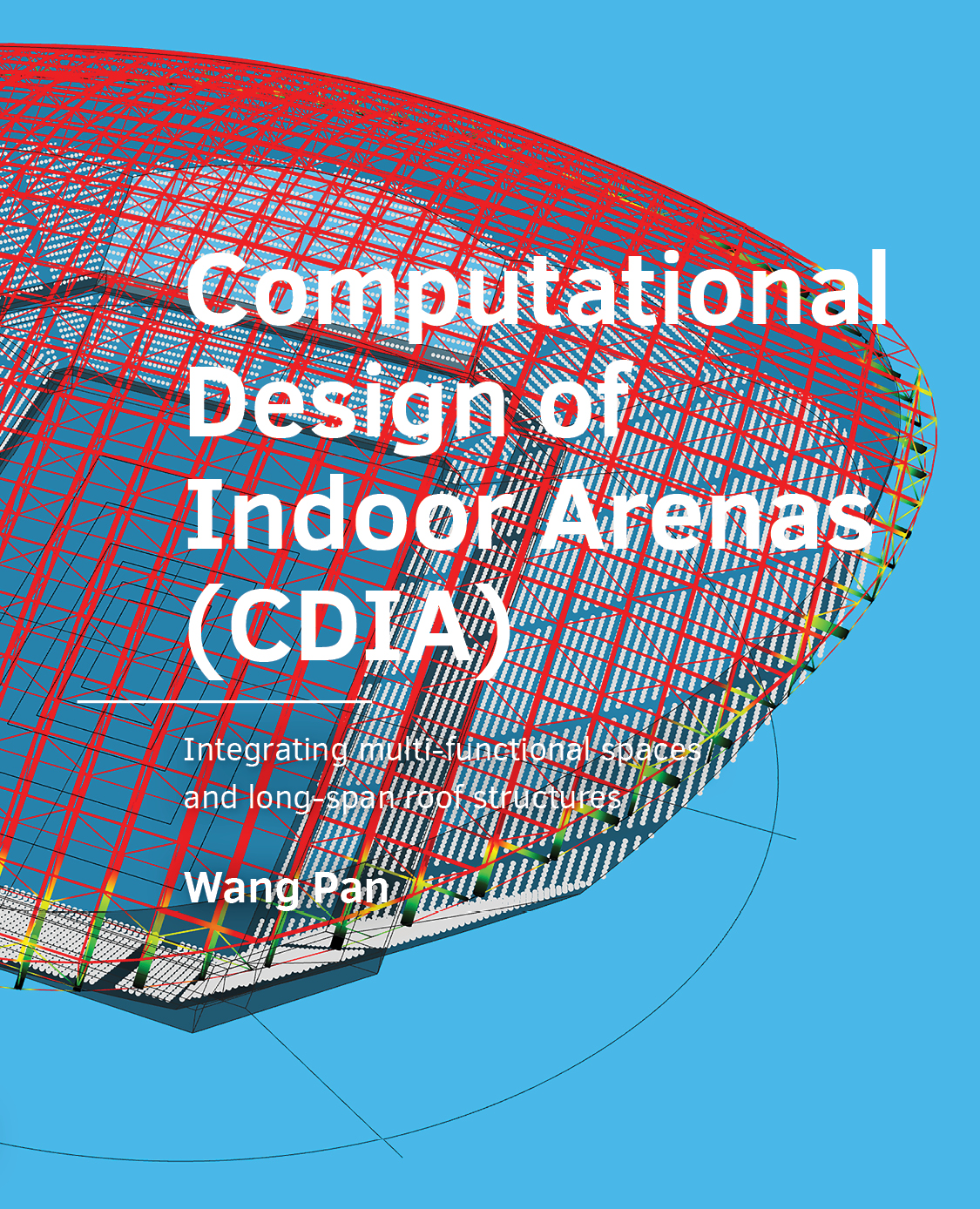Computational Design of Indoor Arenas (CDIA)
Integrating multi-functional spaces and long-span roof structures
DOI:
https://doi.org/10.7480/abe.2021.10.6050Abstract
Indoor arenas are important public buildings catering for various activities (e.g., sports events, stage performances, assemblies, exhibitions, and daily sports for the public) and serving as landmarks in urban contexts. The multi-functional space and long-span roof structure of an indoor arena are highly interrelated, which impact the multi-functionality and structural performance and mainly define the overall form of the building. Therefore, it is crucial to integrate the multi-functional space and long-span roof structure to formulate proper forms for indoor arenas, in order to satisfy various design requirements during the conceptual design. This thesis aims at formulating a computational design method, ‘Computational Design of Indoor Arena (CDIA)’, to support the conceptual design of indoor arenas by using the computational techniques of parametric modelling, Building Performance Simulations (BPSs), Multi-Objective Optimizations (MOOs), surrogate models based on Multi-Layer Perceptron Neural Network (MLPNN), and clustering based on Self-Organizing Map (SOM clustering). In the formulation of CDIA, these techniques are modified, improved and organized into five components and three workflows, to satisfy the demands of the conceptual design of indoor arenas.


